Eyes, JAPAN
Why the Mandalorians production could change cinema forever
zeke
Introduction
Everyone knows George Lucas’s massive Sci-fi franchise, Star Wars. From Darth Vader to baby Yoda, even if you weren’t a fan, you definitely have heard or seen something about it. It has become a Worldwide pop culture phenomenon and although recent movies have had mixed reviews, several TV spinoff series have fans craving for more. One of them being the 1st season of the mandalorian released in 2019.
The show itself unquestionably is extremely popular and received critical acclaim, reviving people’s hunger for more media to be set in the expansive Star Wars universe. However, unknown to most fans, decades from now people will not remember the first season of the mandalorian for its plot or characters but rather how its behind-the-scenes production has quietly revolutionized the film industry. This blog will go into the details on how the mandalorian leveraged a video game engine to innovate how virtual production can be used.
What is Virtual Production?
Virtual production is a filmmaking technique that combines physical and virtual methods to create-cutting edge media. For the last few decades, it has been used to produce timeless cinematic spectacles and its usage in film and media in general has only increased since then. Ranging from projectors creating simple backdrops used in driving scenes to grand million-dollar CGI productions like James Cameron’s avatar, virtual production has definitely left its mark on the film industry. So how did the 8-episode TV show mandalorian take virtual production to a whole new level? Well to start off with, it’s important to understand what techniques were most commonly used in modern media and what the mandalorians’ new technology does better than its predecessors.

Space odyssey (2001) using a front projection technique
CGI in movies
CGI or Computer Generated Imagery is a virtual production technique that is used to create scenes or special effects in media. Although they may not know it, I am certain everyone has seen some form of media that has used it. I for one am quite surprised to learn about how the movies like ‘The Irishman’ or ‘Captain America’ used CGI to make some actors look younger.
Irishmen(2019) De-aging actors like Robert Deniro
Some influential CGI media includes:
- Toy Story (1996), giving way to other fully CGI animated movies that a lot of our generation grew up watching.
- The Matrix (1999), although it may not be as high quality as today’s CGI, it just showed how imaginative CGI can be (we all know the bullet dodging scene).
- Lord of the Rings (2001-2003), had a lot of great effects but Gollum’s character specifically proved how 3D motion capture can be effectively utilized without the expense of the actors facial expressions and movements.
- Honorable mentions: Terminator 2:Judgment day, Irishmen, any Marvel movie, Planet of the apes, Avatar, Gravity .
Mandalorians Virtual Production
Modern day media already has high quality CGI and green screens, already reaching satisfactory levels in terms of realism. The technique has been developed and refined through many years with recent movies and TV shows seamlessly blending CGI with real-life actors and sets. How could the mandalorian take this a step further?
Cut to the Mandalorians 270 degree set spanning 20 feet tall, and 75 feet horizontal which they called “The Volume”. Built entirely out of enormous programmable LED screens, the floor of the set can also rotate to be able to shoot scenes from many different angles. You are probably thinking ‘it’s just a curved wall of big LED screens, how is it better than just showing CGI on green walls or a projector projecting an image onto the same walls?’ Well, “The Volume” is one thing but what really makes it work is the incorporation of the video game engine ‘Unreal Engine 4’.
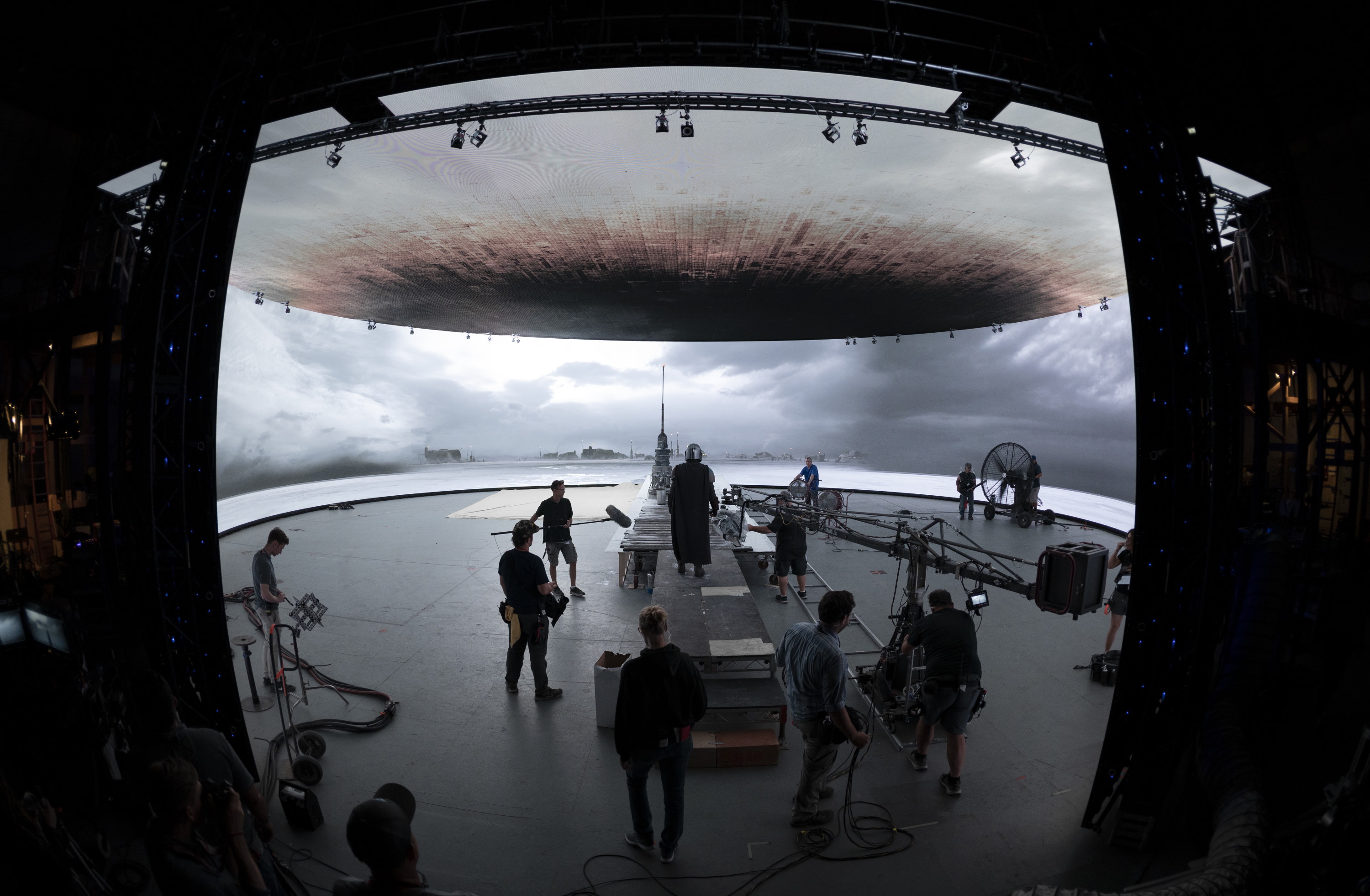
The ‘Volume”
How does it work?
Unreal Engine 4 is a 3D real-time creation tool which was originally developed for video games. The software uses ‘Nanite’ which allows photographic sources to be imported into its 3D environment resulting in high quality, near photorealistic 3D Worlds that require far less effort to create in comparison to CGI models. The filming process involves syncing the onset camera with the virtual camera in Unreal Engine and then displaying the correct images, according to the camera’s movement, onto the LED screens. This allows for a dynamic background that will constantly change in relation to the foreground hence properly portraying the perspective between objects at different distances in a line of sight. In doing so, it makes the live-action objects and actors appear to exist in the same space as the virtual world.
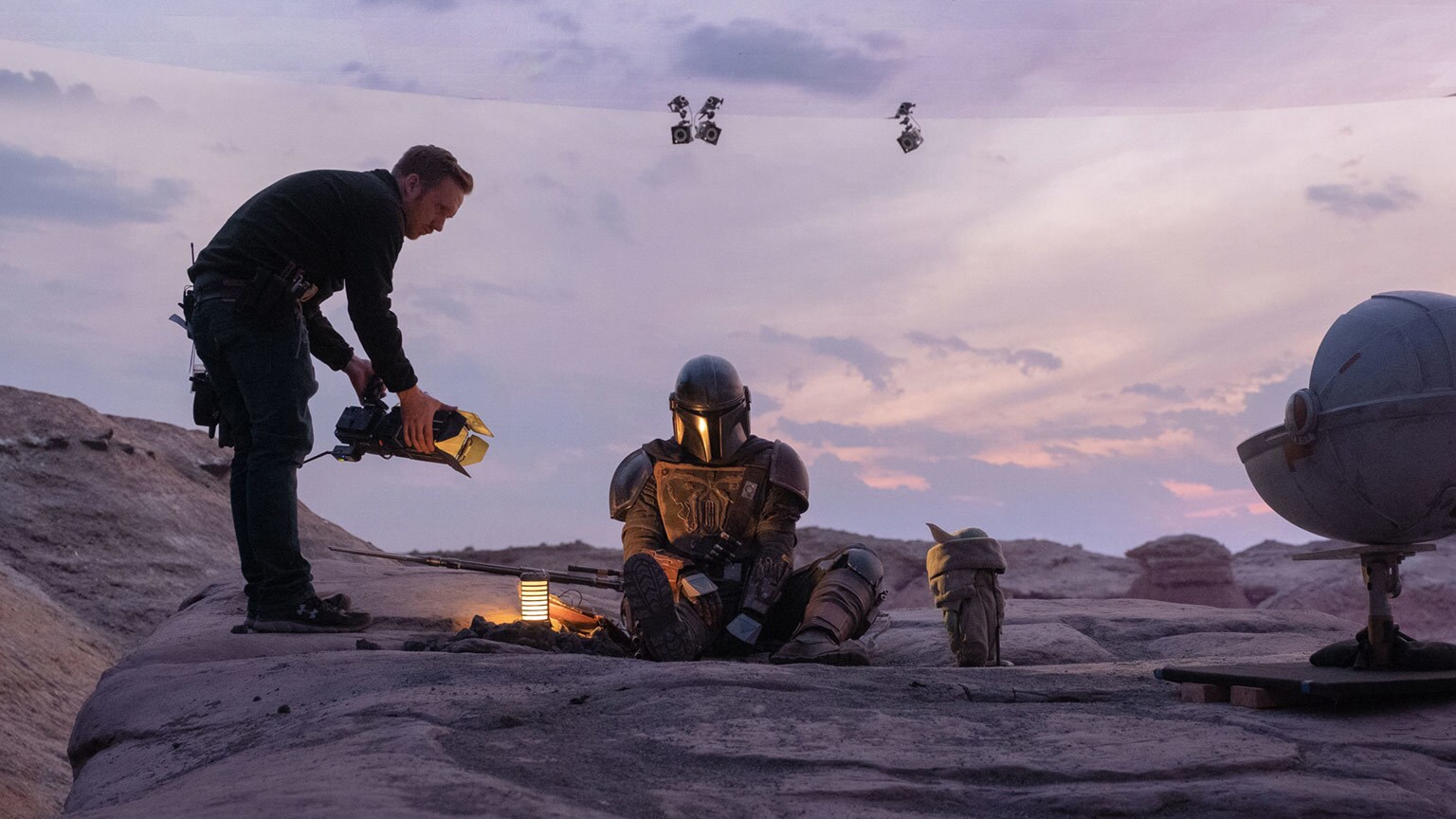
What are some of its benefits?
Additionally, one groundbreaking element of the LED screen is its usage as a natural light source. Since the screens themselves emit real light, it can be reflected on the real-life characters and objects themselves, producing a more realistic and believable scene. For example the water in scenes shows would show real reflections of the virtual set or smoke and rain in scenes would interact with the light realistically allowing for atmospherics, adding more immersion for the audience.
Besides the audiences immersion, it even also improves the immersion of the actors themselves! If you were surrounded by green walls and green objects, I’m sure it would be hard for you to get into character. If you can’t fully imagine the world then how can the audience believe that your character truly exists in it? With the use of LED screens, actors can also visually see the virtual world during filming, making it easier for them to immerse themselves into the role and into the world.
Not only does it improve the quality of the final product, but using this type of set also results in a more efficient production process. One way is the flexibility in shooting locations. Finding a real life location to film at is expensive and difficult and the use of virtual production in general removes the need to do this. However, what the Mandalorians technique has over other virtual production methods is that virtual worlds are a lot easier to edit and change. You can remove a mountain and move it to the other side or add a massive skyscraper in the background just in a few minutes, speeding up the process and permitting more flexibility.
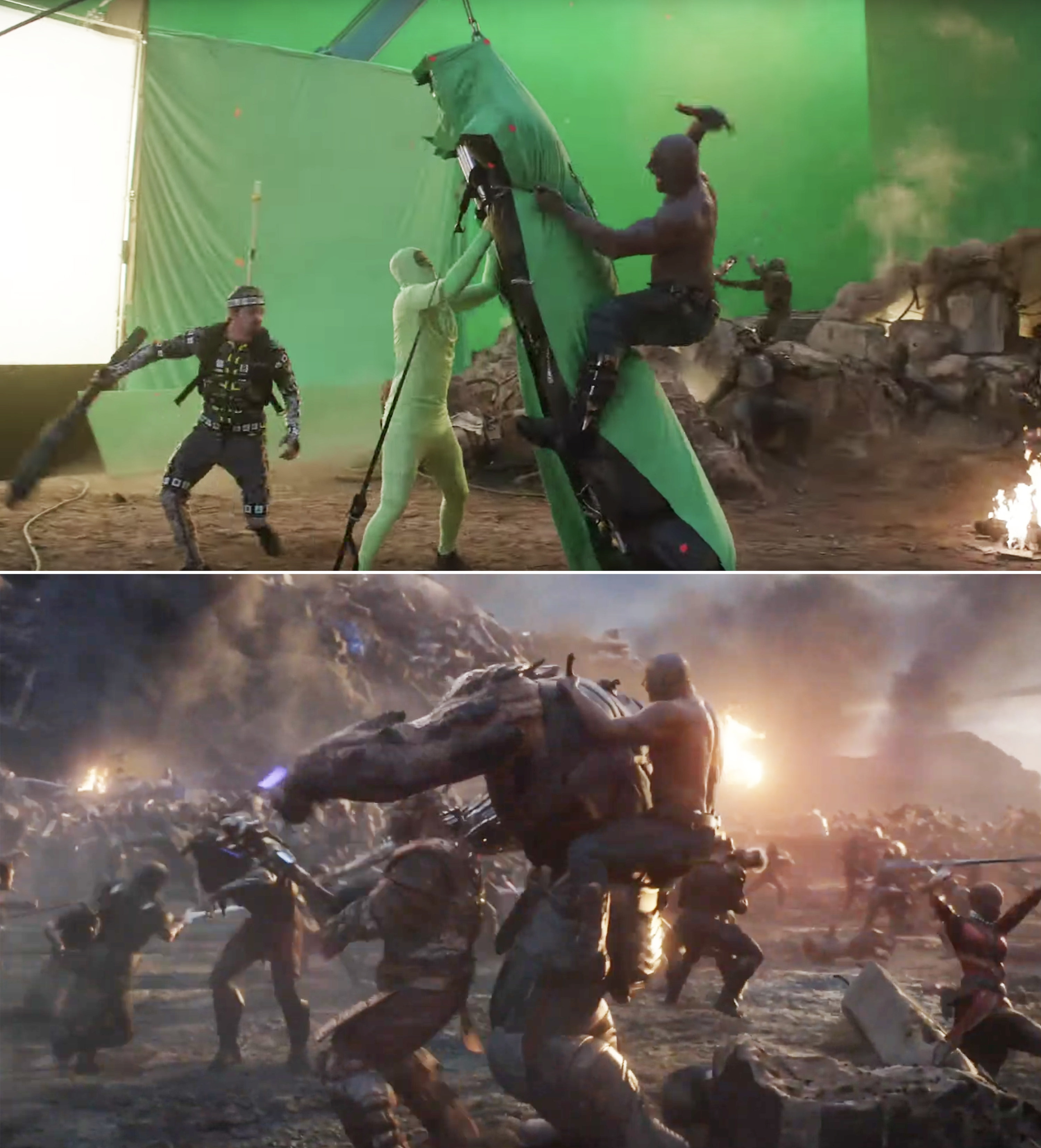
Conclusion
The impact it has had on filmmaking can already be seen, with recent movies such as ‘House of the Dragon (2022)’ or the newest ‘Batman (2022)’ implementing LED screens and Unreal Engine over CGI. Even smaller time indie movies can use just a few LED screens for the same effect, with some companies providing a service to set up sets for only $10,000 US dollars. In effect, the Mandalorians production is innovative and revolutionary and will only continue to improve with time. But of course it is not without its shortcomings, Virtual production can never be a 1 to 1 portrayal of reality but for now this is as close as we can get.
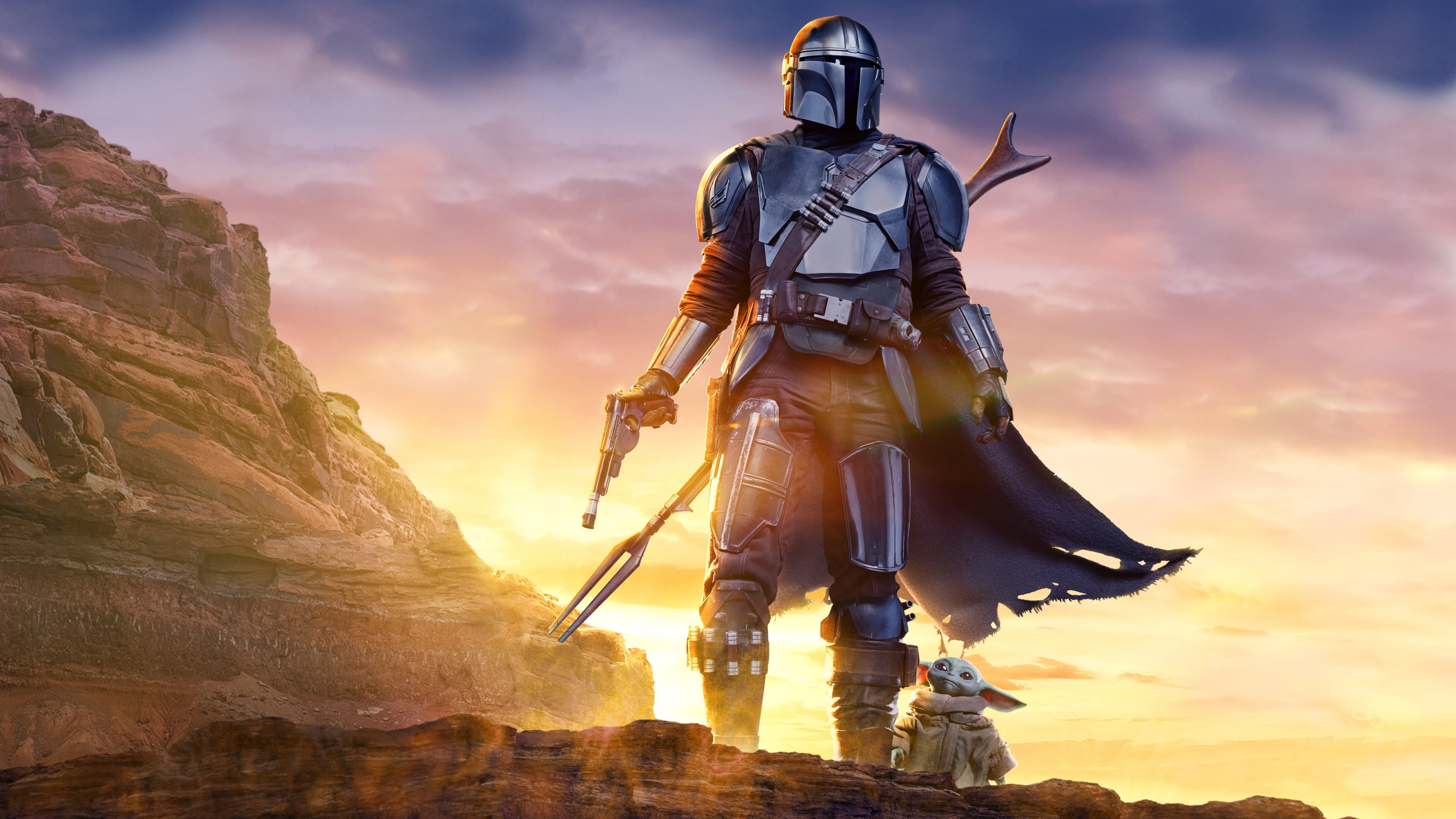

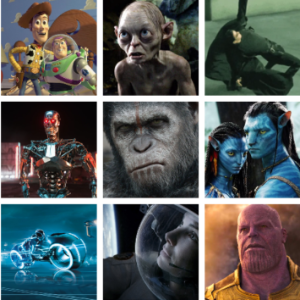
 2024/04/23
2024/04/23 2024/03/26
2024/03/26 2024/02/27
2024/02/27 2024/02/23
2024/02/23 2024/02/09
2024/02/09 2024/02/02
2024/02/02 2024/01/23
2024/01/23 2024/01/12
2024/01/12